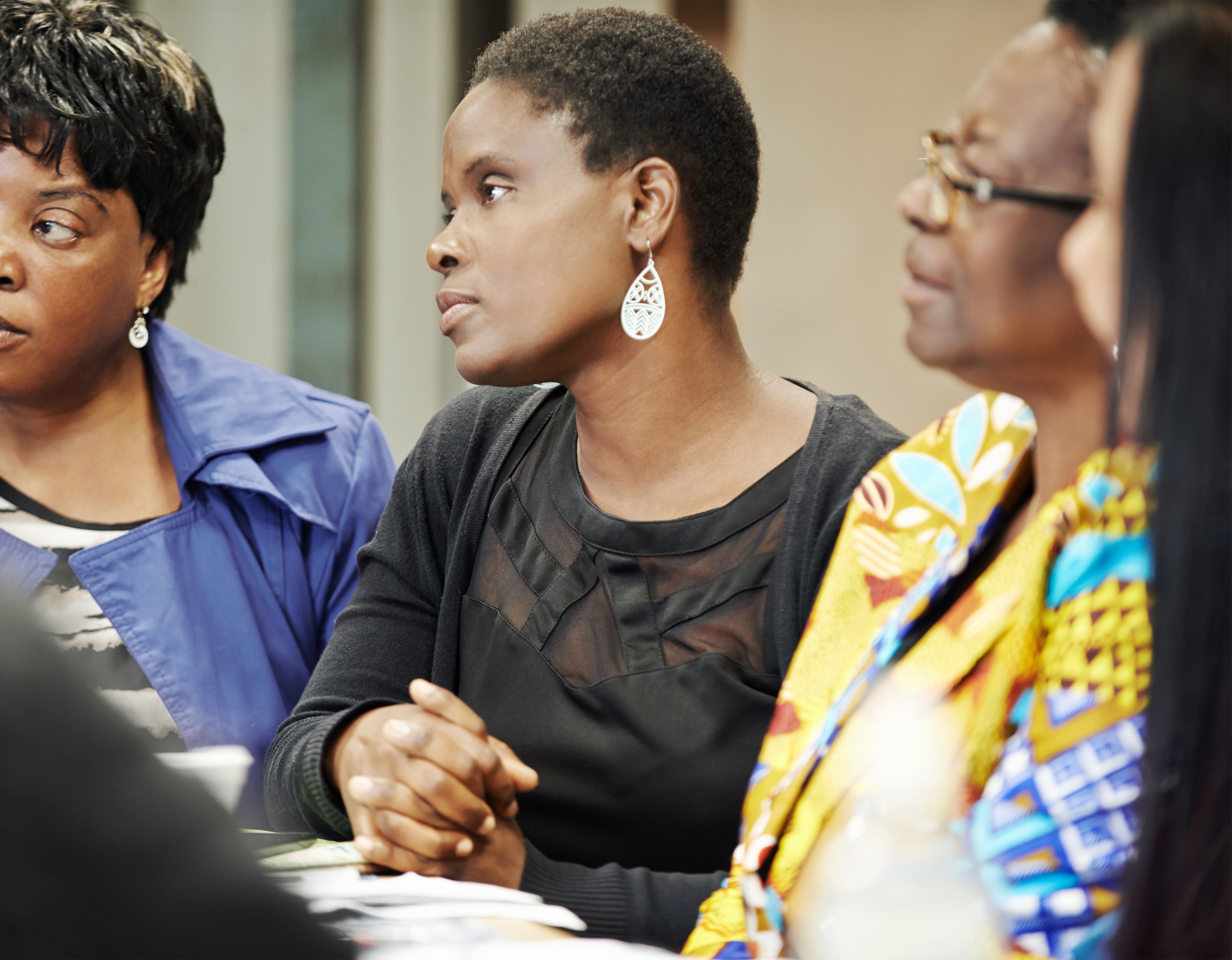Localization 2.0: Moving from Slogans to Systems

The Day the Champion Fell
When USAID was dismantled in 2025, it sent shockwaves through the aid system. For decades, it had been the largest humanitarian donor and the loudest voice pushing for localization. Its pledge, to allocate 25 percent of all funding to local actors by 2030, gave grassroots organizations hope that change was finally within reach. But when the agency collapsed, that vision dissolved overnight.
The dismantling of USAID did more than cut budgets. It exposed a deeper truth: the sector had built its localization promises on a fragile foundation, dependent on a single donor’s agenda rather than on durable systems.
When Promises Outpace Systems
Localization has been one of the most repeated promises in global aid. The Grand Bargain of 2016 committed donors and agencies to channel 25 percent of funding directly to local actors by 2025. In practice, the figure never rose above single digits. Donors and INGOs embraced the rhetoric but kept funds within their own systems.
The barriers were not intent but trust. Without reliable compliance, governance, and risk management structures, grassroots groups were seen as too risky. USAID’s collapse revealed what many already knew: localization had never been systematized. It remained dependent on slogans and a single champion, rather than on durable mechanisms that could stand on their own.
Evidence of a Broken Promise
The collapse of USAID did not create the localization crisis; it simply made it visible. Across regions, the gap between rhetoric and reality has long been glaring.
In Ukraine, local civil society groups led evacuations, aid distribution, and community shelters during the 2022–23 invasion. Yet less than 3 percent of international humanitarian funding reached them directly, according to OCHA tracking.
In Syria, grassroots responders carried much of the burden in besieged towns, but donor pipelines flowed overwhelmingly to international agencies. Localization pledges meant little when compliance systems kept community-based groups locked out.
In Sudan, neighborhood resistance committees organized protection and aid during the 2023 conflict, yet their efforts were invisible to formal funding channels. Compliance burdens and risk aversion meant that donor money rarely reached those who were saving lives.
Development Initiatives and ICVA confirm that the sector never came close to the 25 percent Grand Bargain target. At its peak, direct funding to local actors hovered below 5 percent. USAID’s dismantling simply stripped away the illusion of progress.
From Slogans to Systems
At IREGS World, we believe localization has failed not because local actors lack capacity, but because the system lacks trust. Donors cannot release funds without credible assurance of compliance, governance, and risk management. That gap has kept grassroots organizations locked out, no matter how central their role in crisis response.
Our Partner Due Diligence & Readiness Pack is designed to change that. In just 15–30 business days, it equips local organizations with a Due Diligence Passport, a Risk Readiness Dashboard, and a Capacity Action Plan. This transforms due diligence from a donor-imposed obstacle into a roadmap for partnership.
Where slogans fade, systems endure. By standardizing compliance, making risks transparent, and offering clear steps to close gaps, the Readiness Pack turns localization into something tangible. It is not rhetoric; it is a tool that donors, INGOs, and local actors alike can use to make Localization 2.0 real.
Three Steps Toward Localization 2.0
If Localization 1.0 was about promises, Localization 2.0 must be about systems. Three steps can help move the sector forward:
- Adopt standardized compliance passports — Donors should recognize a shared due diligence profile, such as a “Due Diligence Passport,” that consolidates the basics: legal status, governance, safeguarding, financial transparency. Instead of every donor running its own lengthy review, one verified passport could be accepted across agencies. This reduces duplication, saves time, and lowers the barrier for local organizations entering partnerships.
- Invest in readiness, not just response — Compliance cannot be built overnight or under crisis pressure. Donors should dedicate small grants, modest, flexible funds earmarked for governance, safeguarding, and financial system upgrades, alongside program budgets. These grants could be administered as pre-award readiness funds, allowing local organizations to strengthen systems before managing larger grants. It is a fraction of total aid budgets but a multiplier for trust and access.
- Make partnerships reciprocal — Localization is often framed as local actors proving themselves to donors. But trust is two-way. INGOs and donors should publish their compliance requirements transparently, share templates in advance, and agree to joint risk assessments. This allows local actors to prepare realistically, negotiate terms, and avoid being blindsided by hidden expectations. Reciprocity makes partnerships more equal and more sustainable.
These shifts replace rhetoric with mechanisms that can endure beyond any single donor, ensuring localization moves from aspiration to practice.
Closing Reflection
The end of USAID marked the end of an era, and with it, the illusion that localization could succeed through slogans and pledges alone. If Localization 1.0 was a promise, Localization 2.0 must be a system: one that standardizes trust, funds readiness, and makes partnerships genuinely reciprocal.
At IREGS World, we believe that the path forward lies not in rhetoric but in practical tools. Our Partner Due Diligence & Readiness Pack is designed to help local actors cross the compliance threshold and to help donors unlock new partnerships with confidence. This is how we turn complexity into clarity — and how localization can finally become real.
